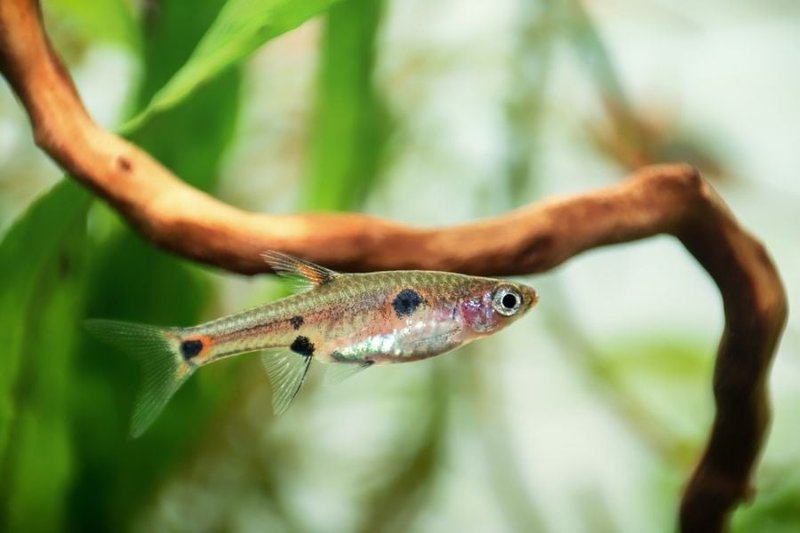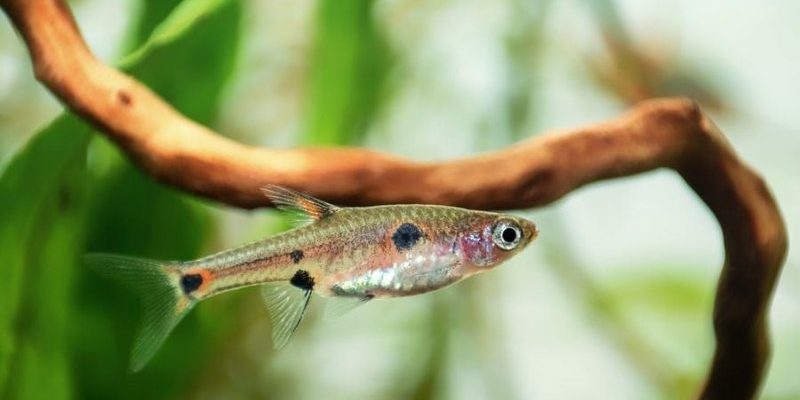
In this article, we’ll dive into the most common health problems in Rasbora and how to treat them effectively. We’ll explore symptoms, causes, and remedies so you can keep your Rasboras happy and healthy in their aquatic home. So, grab a cup of coffee, and let’s chat about how to become the best Rasbora parent you can be!
Understanding Rasbora Health Issues
The first step in treating any health problem is to understand what you’re facing. Rasboras are generally hardy fish, but they can suffer from various ailments if their environment isn’t just right. The most common issues often stem from poor water quality, diet deficiencies, or stress due to overpopulation or aggressive tank mates. Think about it: if you were crammed into a small room with loud neighbors, you wouldn’t be your best self either!
When monitoring your Rasboras, watch out for signs like abnormal swimming behavior, changes in eating habits, or visible physical changes. It’s crucial to intervene early because catching a problem before it escalates often makes treatment easier and more effective.
Ich (White Spot Disease)
One of the most common problems you might encounter with Rasboras is Ich, or White Spot Disease. This is caused by a parasite that thrives in aquariums, especially when fish are stressed. You might notice tiny white spots on your Rasbora’s body or fins, resembling grains of salt.
The best way to treat Ich is by adjusting the water temperature and adding aquarium salt. Raise the temperature gradually to around 78-80°F (25-27°C) because the parasite can’t survive in higher temperatures. You might also consider using a medication specifically designed for Ich treatment; just make sure it’s safe for use with Rasboras.
Fin Rot
If your Rasbora looks like it’s suffering from a bad haircut, it might have fin rot. This condition often arises from poor water conditions or injuries. The edges of their fins will appear frayed, and you may notice discoloration around the affected areas.
First, check your water parameters—ammonia, nitrites, and nitrates should be at safe levels. If the water isn’t clean, start doing regular water changes to improve it. For fin rot treatment, you can use a broad-spectrum antibacterial medication. Always monitor your fish closely. If things don’t improve, you might need to adjust their habitat or separate them from aggressive tank mates.
Dropsy
Dropsy is another serious health issue, usually characterized by a swollen belly and raised scales giving your Rasbora a pinecone appearance. It’s often a sign of internal problems, possibly related to organ failure or infections.
Treating dropsy can be tricky. Start by isolating the affected fish to prevent spreading any potential infections. You might need to use medications designed for internal parasites, but addressing the root cause is essential. Often, improving water quality and providing a balanced diet can help prevent future occurrences.
Swim Bladder Disorder
Have you ever seen a Rasbora struggling to swim upright? This could be a sign of swim bladder disorder. Sometimes, it’s caused by overfeeding, leading to constipation. Other times, it can stem from infections or genetic issues.
To treat this, start by fasting your Rasbora for a day or two to clear out excess food in their system. After that, you can offer them cooked, peeled peas—these are great for getting their digestion back on track. If they continue to have trouble swimming, consulting a vet or aquatic specialist may be necessary, especially if you suspect a more serious underlying issue.
Preventing Health Problems
Prevention is always better than cure, right? Keeping your Rasboras healthy starts with creating a stable and clean environment. Here are some essential tips to keep in mind:
- Regular Water Changes: Change 10-15% of the water weekly to keep it clean.
- Monitor Water Parameters: Use a good test kit to check for ammonia, nitrites, and nitrates.
- Balanced Diet: Offer a varied diet that includes high-quality flakes or pellets, along with occasional treats like bloodworms.
- Adequate Space: Ensure your tank is spacious enough to prevent overcrowding.
By following these simple steps, you can significantly reduce the risk of health problems for your Rasboras.
Caring for Rasboras means being attentive to their needs and quick to respond to any signs of trouble. From Ich to swim bladder disorder, understanding common health problems can make all the difference.
Remember: a clean, balanced environment is key to preventing many issues in the first place. And when problems do arise, timely treatment is your best bet for keeping your Rasboras healthy and thriving. With a little love and attention, these colorful fish can be a joyful part of your life for years to come. So, keep that water clean, watch those fins, and enjoy the company of your vibrant little swimmers!

